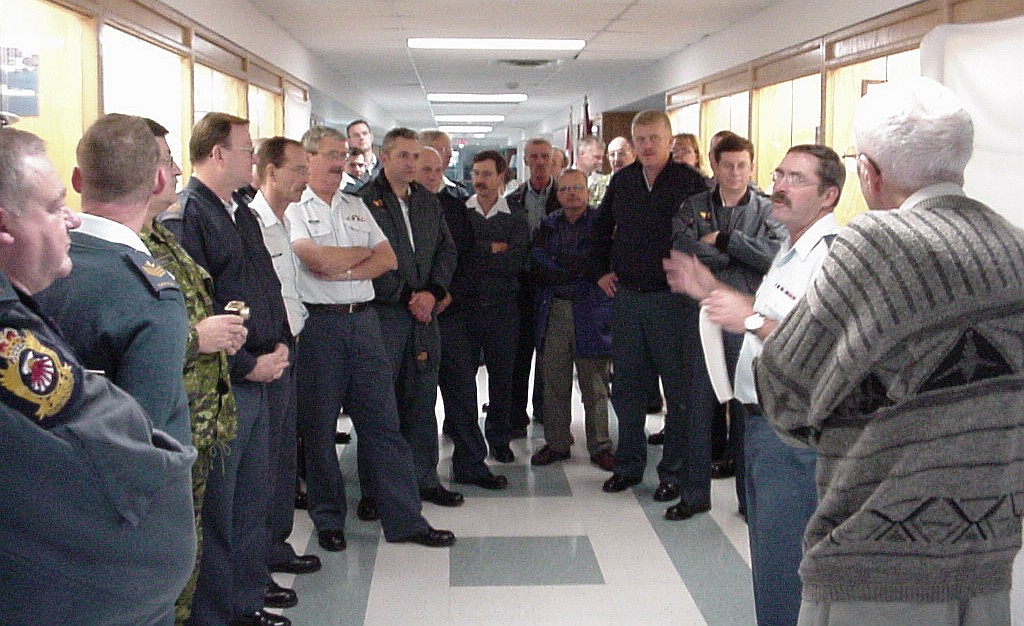 2nd on right: Bernie Roy |
 l to r: ?, ?, Scott McLellan |
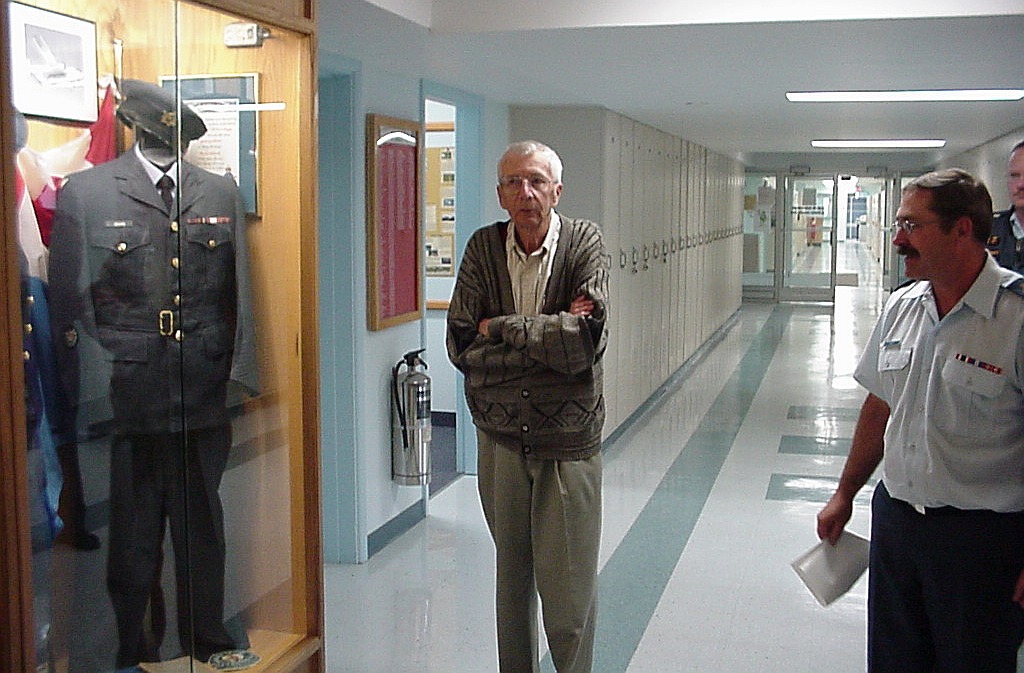 ? and Bernie Roy |
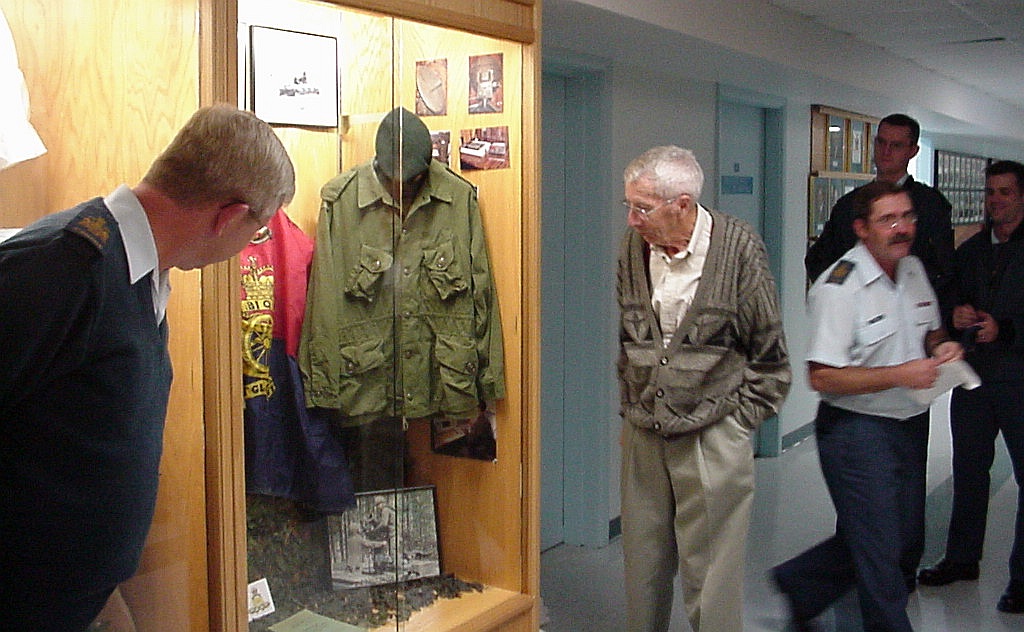 ?, ?, Bernie Roy on right |
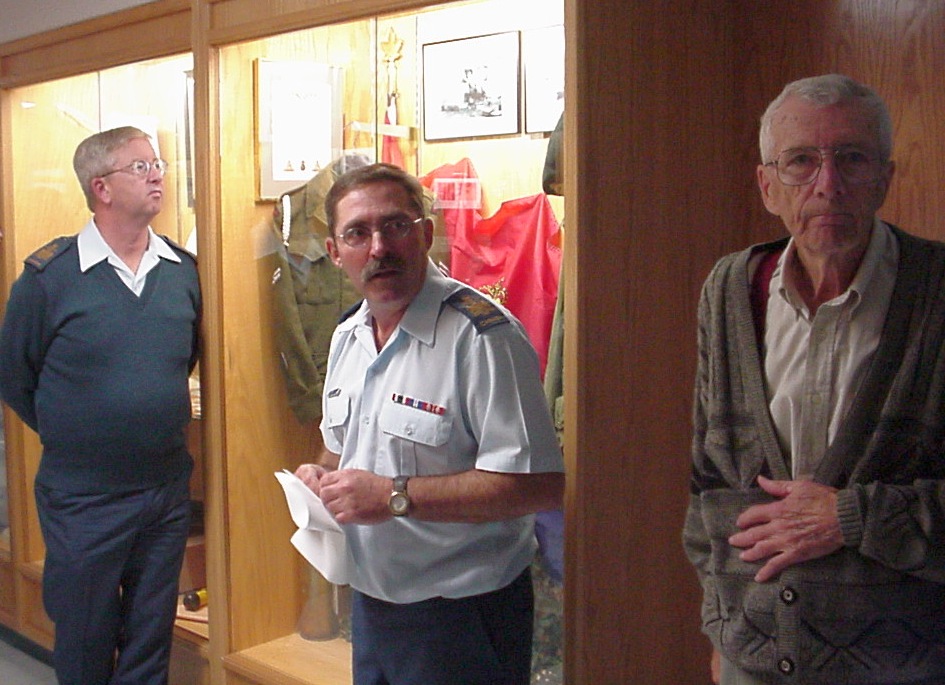 ?, Bernie Roy, ? |
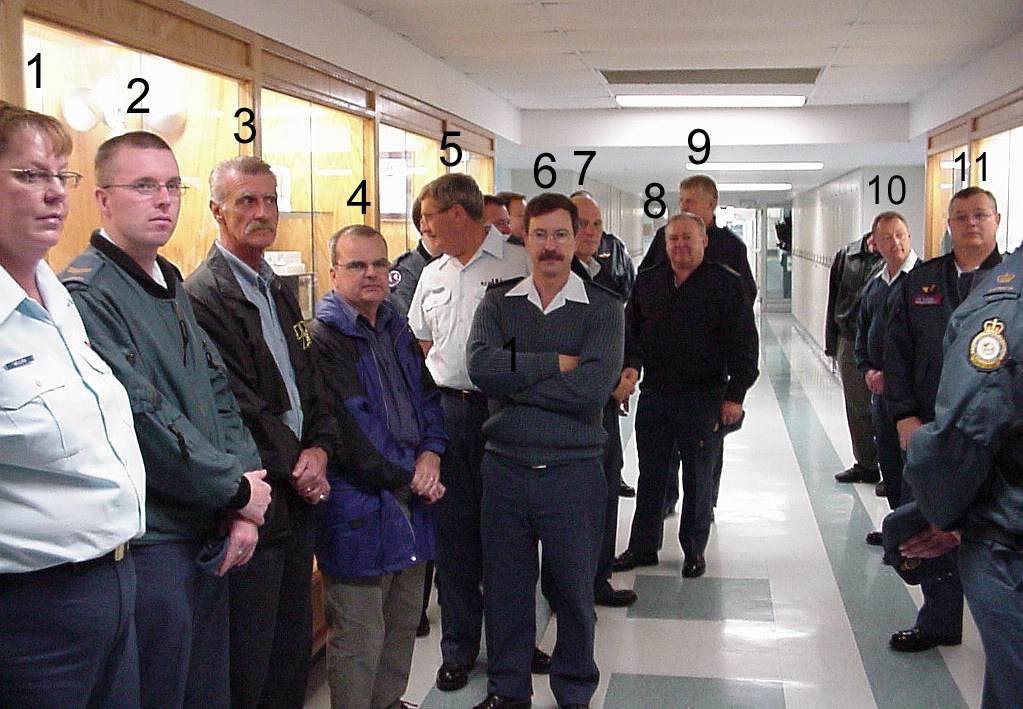 l to r: 1 ?, 2 ?, 3 Gord Gelineau, 4 Jean Bélec, 5 Marc Bolduc, 6 Michel Levasseur, 7 Robert Tremblay, 8 Real Germain, 9 Rick Dwyer, 10 Joe Owen, 11 Paul MacEachern. |
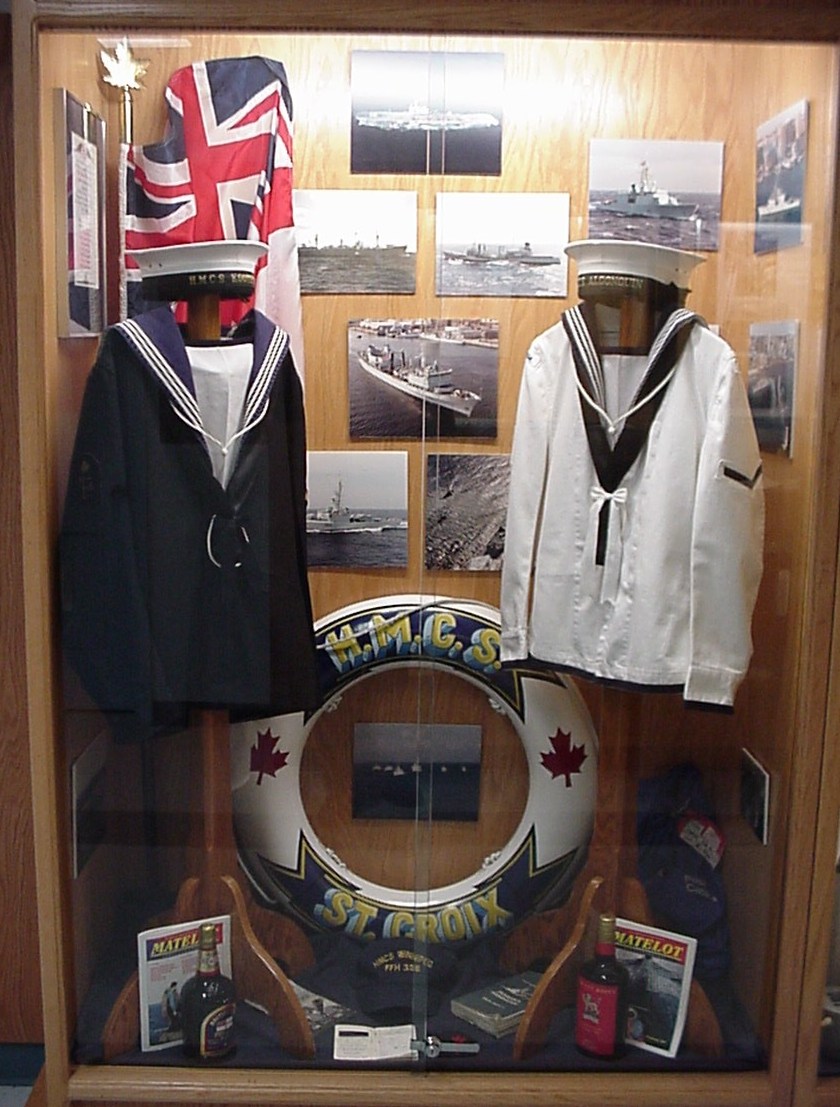 Naval display |
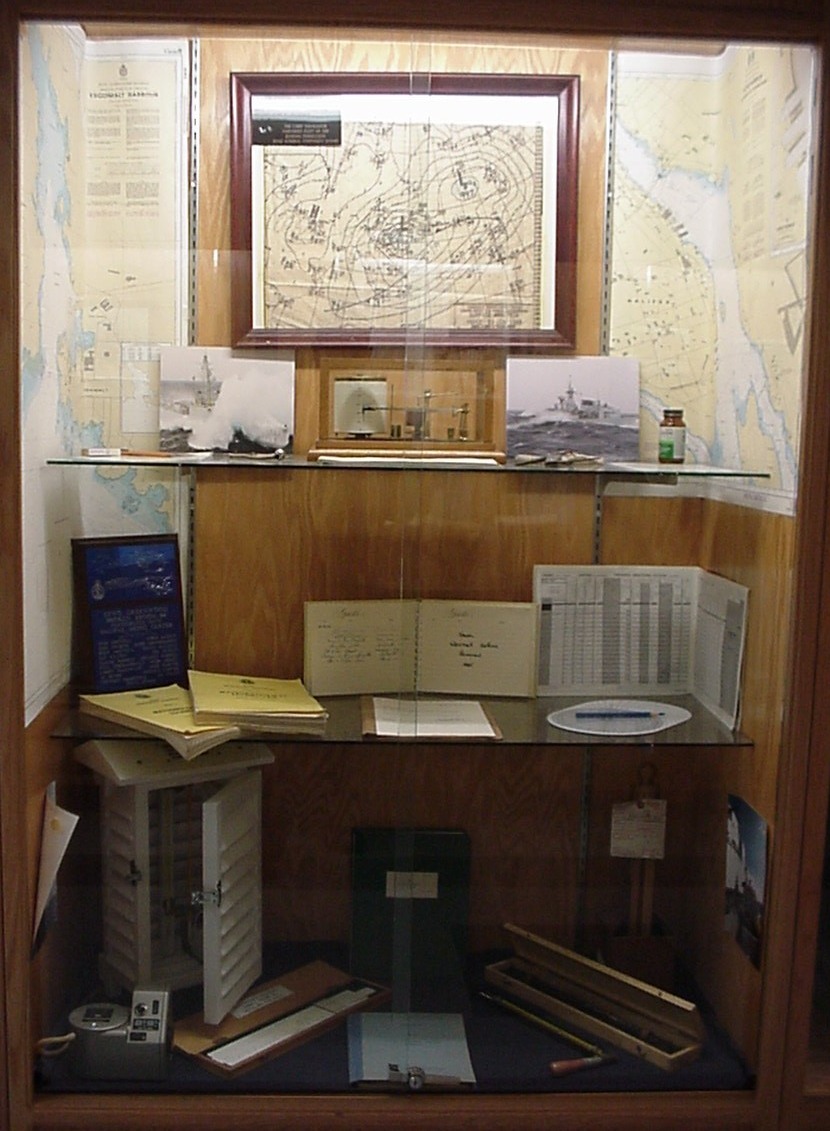 Maps and instruments display (improved) |
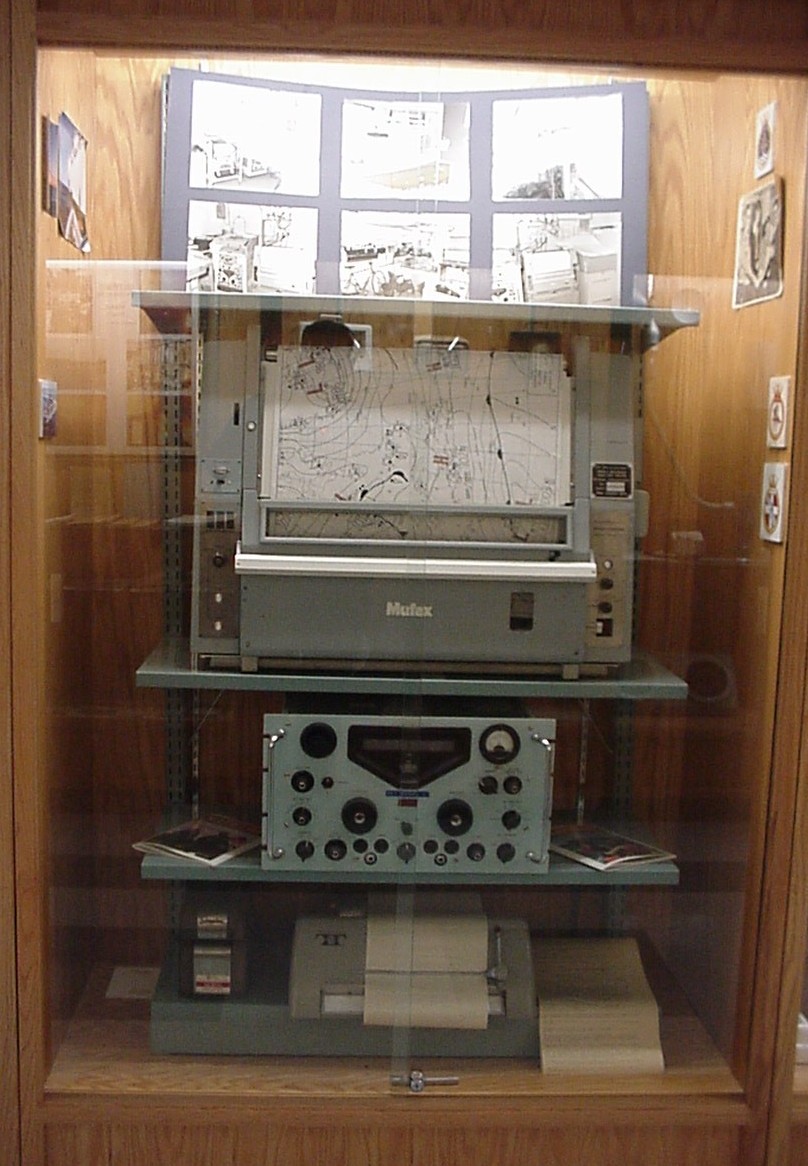 Naval radiofacsimile displays: top - facsimile printer lower half: radio receiver and text teleprinter |
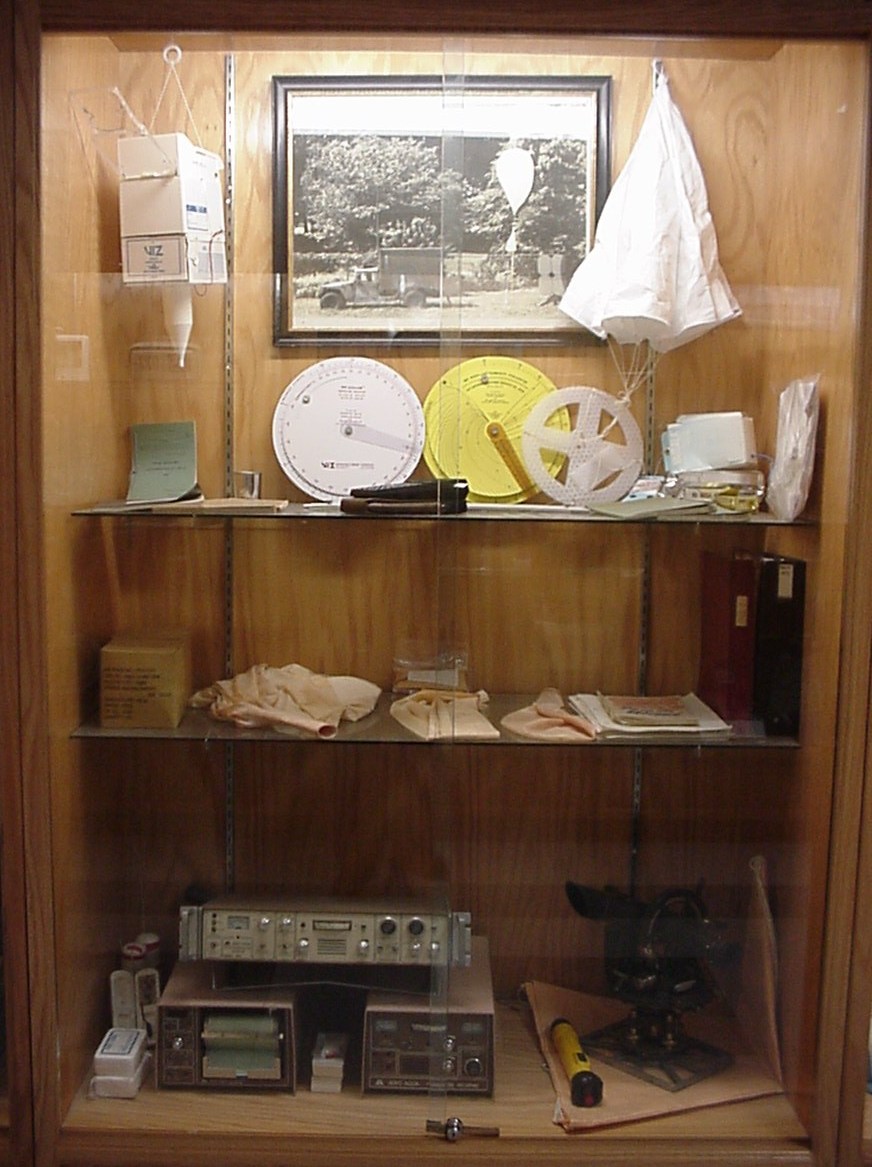 Radiosonde package and Minisonde recorders and receivers, along with slide-rules and calculators, parachutes, various balloons and a portable theodolite. The Ballistic Met section is an intricate facet of the Artillery units as the acquired data are all input into firing solutions. (description credit - Brian Van Acker) |
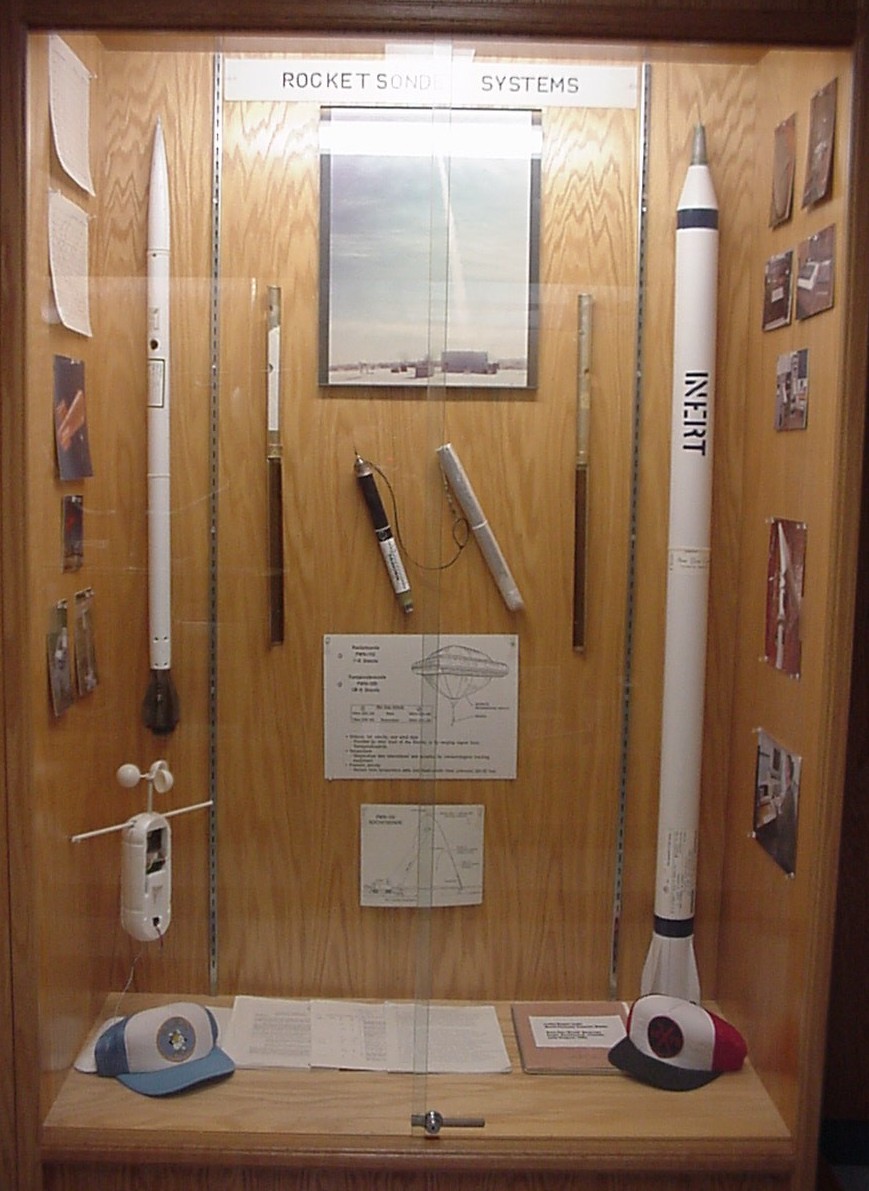
Meteorological Rockets were launched from the site at Primrose Lake, Alberta (CWIQ) to acquire high altitude weather data in support of AETE programs. Following the termination of each rocket flight, a Radiosonde would be launched to build a data profile and complete a vertical cross-section of the atmosphere for dissemination to users.(description credit - Brian Van Acker) |
 The CFB Lahr Weather Office (EDAN) is depicted in this cabinet. The visibility marker photograph along with the Barometer and the last recorded observation sheet and briefing folders are presented. The lower portion has the manuals, computer program disks, the satellite setup and antenna along with the telephone facsimile device used at that time |
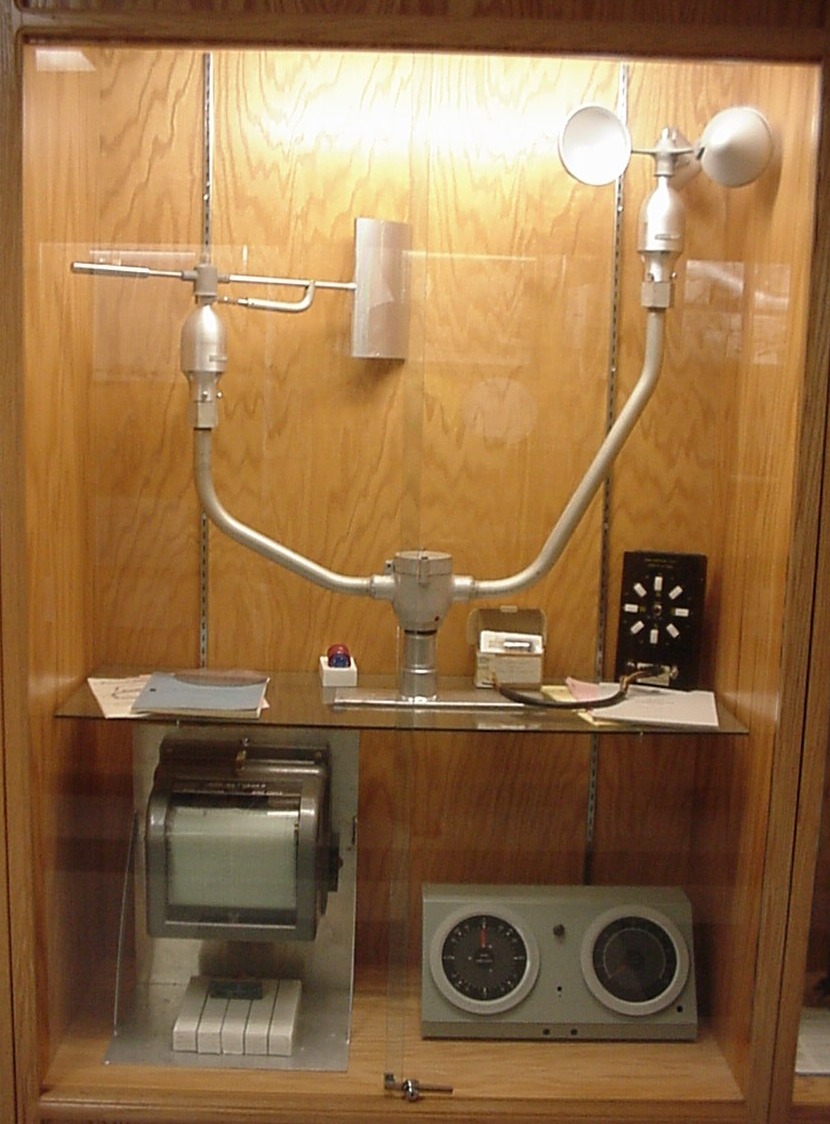 wind speed instruments, readout and recorder |
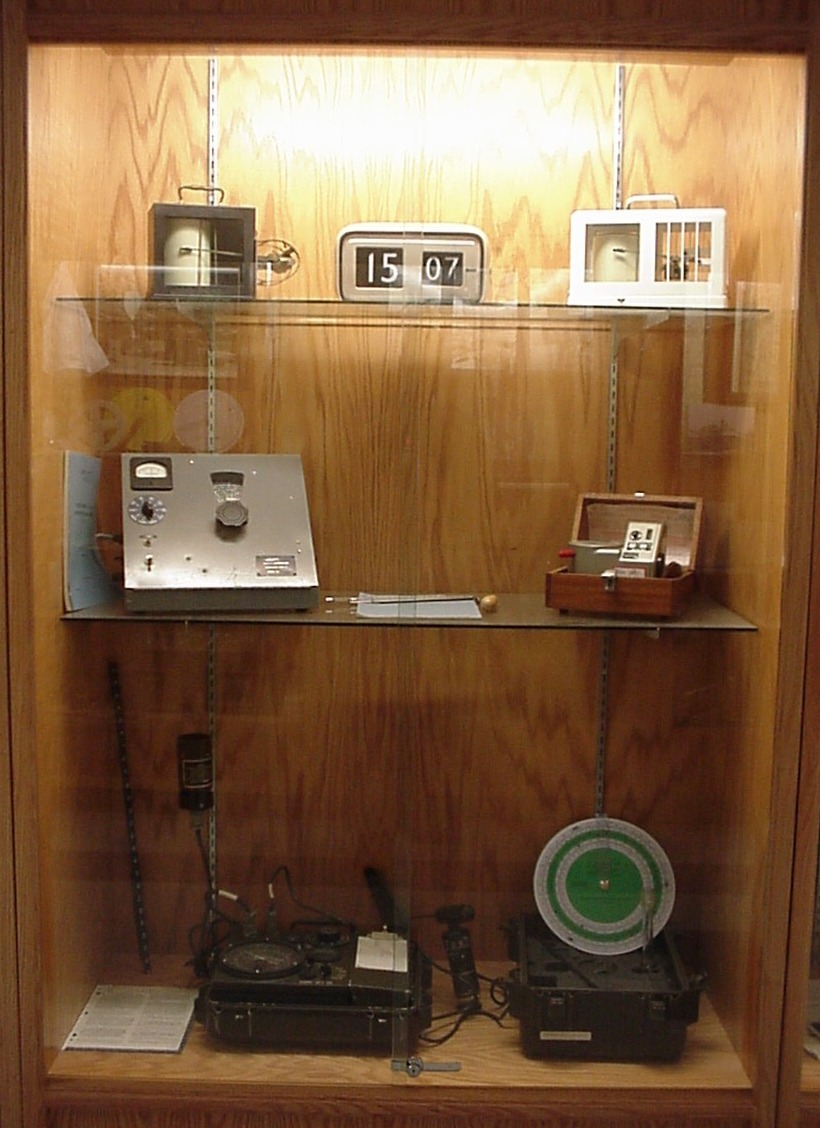 7-Day Barographs and the weather office clock on the top shelf. Dewcell temperature display unit, a handheld sling psychrometer and a portable barometer on the middle shelf. And a man packable field weather sensor station on the bottom shelf. |
Return to Table 10 Index
Return to Table 8 Index